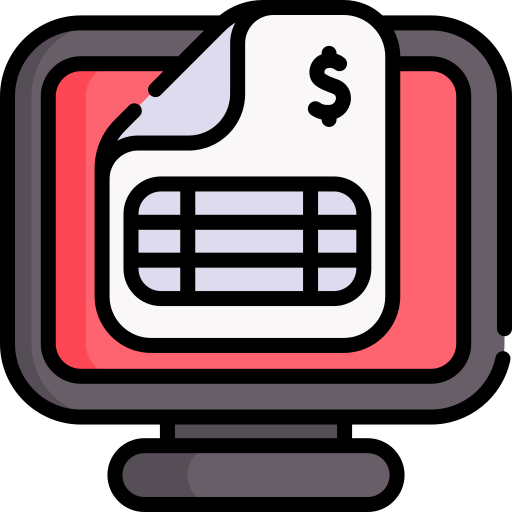Invoice Fraud

Invoice fraud is a type of cybercrime where attackers manipulate invoices or payment processes to divert funds to fraudulent accounts. These scams can target businesses, non-profits, and individuals by exploiting trust and vulnerabilities in financial transactions.
Recover from an Invoice Fraud Attack#
Step 1: Identify the Fraudulent Transaction#
- Review the invoice details to confirm unauthorized changes or discrepancies.
- Check email correspondence and payment records for signs of fraudulent requests.
Step 2: Stop the Payment (If Possible)#
- Contact your bank or payment processor immediately to request a reversal.
- Notify relevant financial departments to halt any pending payments.
Step 3: Notify Relevant Authorities#
- Report the fraud to your finance or IT security team.
- Contact law enforcement agencies or cybercrime units, such as Action Fraud in the UK.
Step 4: Alert Affected Parties#
- Inform the supplier, vendor, or client about the fraudulent activity.
- Notify employees or stakeholders to raise awareness and prevent further incidents.
Step 5: Analyze the Attack#
- Investigate how the fraud occurred (e.g., email compromise, fake invoices, or insider threats).
- Review email logs and payment records for suspicious activity.
Step 6: Strengthen Financial Controls#
- Implement verification procedures for financial transactions.
- Require dual authorization for high-value payments.
Step 7: Educate Employees and Stakeholders#
- Train staff on recognizing phishing attempts and invoice fraud tactics.
- Share best practices for securely handling financial transactions.
Mitigate the Risk of Invoice Fraud#
Verify Invoice Authenticity#
- Confirm invoice details directly with vendors or suppliers before processing payments.
- Watch for changes in bank account details or unusual payment requests.
Implement Secure Payment Procedures#
- Require multi-person approval for processing large payments.
- Use encrypted communication channels for financial transactions.
Monitor Financial Transactions#
- Set up automated alerts for unusual or high-risk transactions.
- Regularly audit payment records to identify discrepancies.
Enhance Email Security#
- Implement email authentication protocols (SPF, DKIM, DMARC) to prevent spoofing.
- Train employees to verify sender addresses and detect phishing attempts.
Restrict Access to Financial Data#
- Limit financial system access to authorized personnel only.
- Enforce strong password policies and multi-factor authentication (MFA).
Develop an Incident Response Plan#
- Establish clear steps for detecting and responding to invoice fraud attempts.
- Ensure all employees understand reporting procedures for suspected fraud.
By implementing these best practices, organizations can significantly reduce the risk of invoice fraud and strengthen financial security.